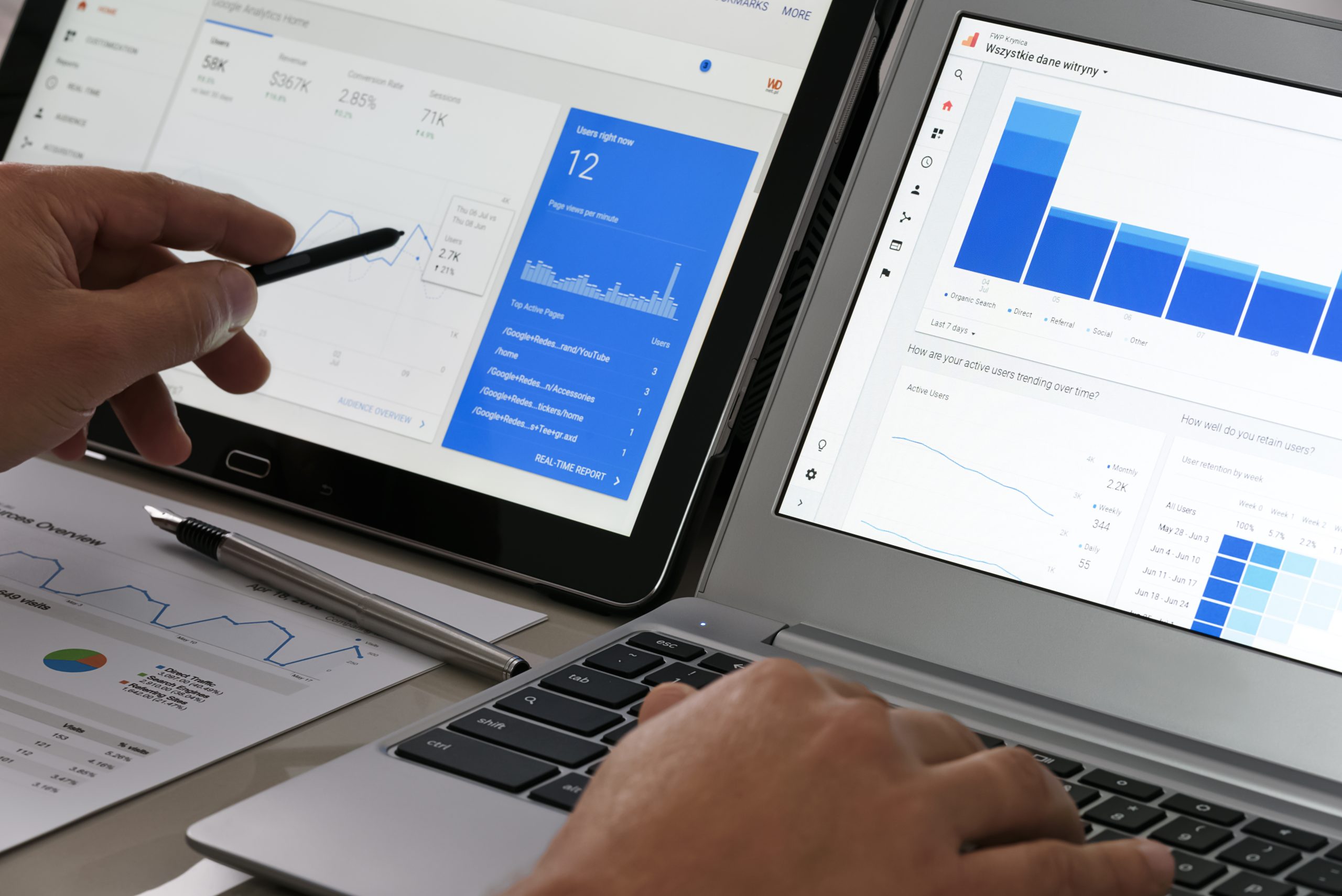While the digital marketing evolution was happening quickly prior to Covid-19, the pandemic accelerated the transition as the WFH landscape was mainstreamed and marketers had no choice but to target buyers with digital advertising. And while I fully acknowledge that I’m starting to sound like a broken record with this “Covid-19 accelerated X” opener, it’s true — and it created a slippery slope for marketing teams to navigate.
“When Covid-19 hit, one of the biggest challenges was that all the marketing dollars spent placing advertisements on subway stations or airports went digital, which caused a backlash of, ‘Hey, we don’t want this much noise coming at us online,’” said Stacy Greiner, General Manager of the North America Sales & Marketing Business at Dun & Bradstreet. “But the interesting flip side of that is personalization, because while prospects don’t want a lot of noise, they do want personalized, efficient and effective buying journeys.”
And thanks to Google, personalization efforts just got *that* much harder. The tech giant is sunsetting Universal Analytics on July 1, 2023 and replacing it with Google Analytics 4 (GA4), which is currently available for adoption. As part of the move to GA4, Google is removing its IP address logging features (amongst other privacy-related features).
But it’s not so much the removal of IP address information that’s troubling marketers, as “most of us have moved away from that and are focusing on cookies or tracking pixels to target accounts with first-party data and consent,” noted Carrie Shaw, CMO of Copper. Instead, she explained that the more consequential element of GA4 is the changes associated with it.
“The removal of IP addresses is just one in a list of bigger moves that Google is undertaking to address privacy issues,” Shaw continued. “With the upcoming elimination of third-party cookies and last-click attribution, the landscape for advertisers is going to become much more difficult, specifically for targeting preferred customers closer to the bottom of the funnel. That high intent targeting is going to become much harder.”
Enter an increased reliance on first-party data.
First-party data is beneficial for two key reasons: It’s proprietary information to the company who collects it, and it’s only gathered with the consent of the prospect or account. However, when orchestrated properly, first-party data collection can become overwhelming — meaning customer data platforms (CDPs) will become a major differentiator in aiding personalization and targeting in the face of GA4, Greiner explained. With a deep database, marketers can better inform campaigns and optimize strategies across touchpoints.
“When you think about how you’re going to reach out and personalize conversations across touchpoints, having all that data in one place allows you to create one segment that’s hyper targeted for an upsell campaign, cross-sell opportunity or new logo campaign,” explained Greiner. “And then you take that segment and execute it through the different channels needed to reach a person.”
So, let’s put these changes into a new perspective.
As it turns out, the situation isn’t as dire as it seems. GA4 only impacts one channel — Google — and while marketers will have to operate under Google’s standards when targeting accounts within the search engine, it also gives organizations a new opportunity to experiment with new channels.
“Marketers should pursue cross-channel diversification and think outside the box about advertising on platforms that aren’t search,” said Shaw. “We’re so reliant on search right now, whether it’s paid search or SEO. But there’s obvious diversification strategies out there; social media sites like Pinterest, Twitter, LinkedIn and even Reddit are becoming more relevant in B2B. Marketing needs to do a better job of finding the digital watering holes where our customers already are, which we can legally do through first-party data surveying and reach out to them with our messaging.”
But these innovations are happening fast, and marketers must keep up.
Due to Google’s reach and the implication of GA4, “everybody should move over sooner rather than later so they can run both platforms and parallel track them,” said Shaw, explaining that while it’s not as scary as it seems, the shift to GA4 is a huge change.
“It’s not like when we moved over to Universal Analytics, which was basically just changing the way you implemented your tracking pixel and everything else pretty much stayed the same,” she continued. “GA4 features different tracking and measurement, and it’s different way of looking at people coming to your website. There’s just a lot of work to do there. And we don’t really want people to get hung up. Everybody should move over sooner rather than later so we can start figuring it out better.”
With all the upcoming changes, the door is wide open for marketers to experiment with new strategies and campaigns while they still have their safety net to fall back on. After all, although the collection metrics are changing, targeting strategies aren’t going anywhere.
“A lot of things are going to change for us, but digital advertising and marketing isn’t going away anytime soon, and we’ll figure out to work inside these new constraints,” said Shaw. “First-party data means consent, and consent means honesty — it’s going to force us to work even harder to build products that have true value for customers. We just have to find ways to reduce our reliance on the giants.”







